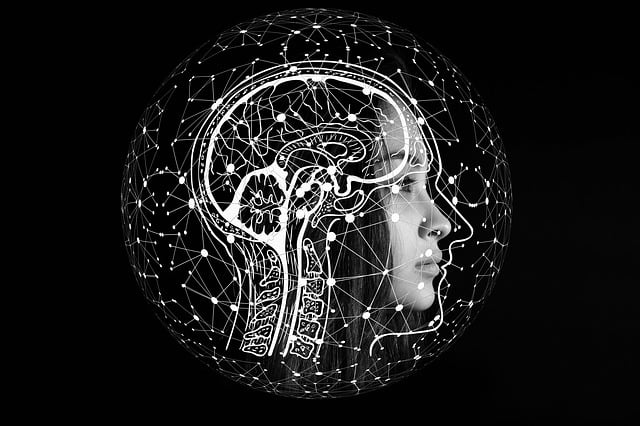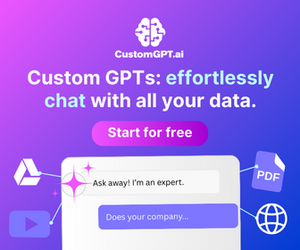-
Table of Contents
- Artificial Intelligence Basics for Kids
- What Is Artificial Intelligence?
- How Does AI Work?
- Why Should Kids Learn About AI?
- Real-World Applications of AI for Kids
- How to Teach AI Basics to Kids
- AI Tools and Resources for Kids
- Challenges and Ethical Considerations
- Encouraging Creativity with AI
- Conclusion
Artificial Intelligence Basics for Kids

Artificial intelligence basics for kids can seem like a complex topic, but it doesn’t have to be. With the right approach, children can easily grasp the fundamentals of AI and even start exploring its applications in fun and creative ways. This article will break down the essentials of AI, provide engaging examples, and offer practical tips to help kids understand and interact with this transformative technology.
What Is Artificial Intelligence?
Artificial intelligence, or AI, refers to machines that can perform tasks typically requiring human intelligence. These tasks include learning, problem-solving, and decision-making. For kids, AI can be explained as a computer’s ability to think and act like a person. For example, virtual assistants like Siri or Alexa use AI to understand and respond to voice commands.
AI systems rely on data and algorithms to function. Algorithms are step-by-step instructions that help computers solve problems. When combined with large amounts of data, these algorithms enable machines to learn and improve over time. This process is called machine learning, a key component of AI.
How Does AI Work?
To understand AI basics for kids, it’s helpful to break it down into simple steps. First, AI systems collect data from various sources. Next, they analyze this data using algorithms to identify patterns. Finally, they use these patterns to make predictions or decisions. For instance, a recommendation system on YouTube uses AI to suggest videos based on what you’ve watched before.
Another example is self-driving cars. These vehicles use AI to process information from sensors and cameras, allowing them to navigate roads safely. By understanding these examples, kids can see how AI impacts everyday life.
Why Should Kids Learn About AI?
Learning about artificial intelligence basics for kids is essential in today’s tech-driven world. AI is already shaping industries like healthcare, education, and entertainment. By introducing kids to AI early, we can prepare them for future careers and help them become informed users of technology.
Moreover, understanding AI fosters critical thinking and problem-solving skills. Kids learn to ask questions like, “How does this work?” and “Why does it make that decision?” These skills are valuable not just in technology but in all areas of life.
Real-World Applications of AI for Kids
AI is everywhere, and kids interact with it daily without even realizing it. Here are some examples:
- Educational Apps: Apps like Duolingo use AI to personalize learning experiences based on a child’s progress.
- Gaming: AI powers characters in video games, making them smarter and more interactive.
- Smart Toys: Toys like Cozmo the robot use AI to interact with kids in fun and engaging ways.
These examples show how AI can be both educational and entertaining for kids.
How to Teach AI Basics to Kids
Teaching artificial intelligence basics for kids doesn’t require advanced technical knowledge. Start with simple concepts and use relatable examples. Here are some tips:
- Use Visual Aids: Diagrams and videos can help explain complex ideas in a way that’s easy to understand.
- Hands-On Activities: Encourage kids to experiment with AI tools like Scratch or Google’s Teachable Machine.
- Storytelling: Use stories to explain how AI works, such as comparing it to a detective solving a mystery.
By making learning interactive and fun, kids are more likely to stay engaged and retain information.
AI Tools and Resources for Kids
There are many resources available to help kids explore AI. Here are a few recommendations:
- Scratch: A programming platform that introduces kids to coding and AI concepts.
- AI for Kids by Google: A collection of activities and experiments designed to teach AI basics.
- Robotics Kits: Kits like LEGO Mindstorms allow kids to build and program their own AI-powered robots.
These tools provide a hands-on way for kids to learn and experiment with AI.
Challenges and Ethical Considerations
While AI offers many benefits, it also raises important ethical questions. Teaching kids about these issues is crucial for developing responsible AI users. For example, kids should understand the importance of privacy and how AI systems use personal data.
Another challenge is bias in AI. Algorithms can sometimes make unfair decisions if they’re trained on biased data. By discussing these topics, kids can learn to think critically about the technology they use.
Encouraging Creativity with AI
AI isn’t just about solving problems—it’s also a tool for creativity. Kids can use AI to create art, music, and stories. For instance, tools like DALL-E generate images based on text descriptions, allowing kids to bring their ideas to life.
Encouraging creativity with AI helps kids see it as a tool for self-expression, not just a technical skill.
Conclusion
Artificial intelligence basics for kids are an essential part of modern education. By breaking down complex concepts into simple, relatable terms, we can help children understand and engage with AI in meaningful ways. From educational apps to creative tools, AI offers endless opportunities for learning and exploration.
As kids grow, their understanding of AI will evolve, preparing them for a future where technology plays an even bigger role. By teaching them the basics now, we’re equipping them with the skills and knowledge they need to thrive in a world shaped by AI.
For more insights on related topics, check out our articles on coding for kids, STEM education, and the future of technology. You can also explore external resources like Code.org, Google’s AI Education, and Scratch to further your child’s learning journey.



Leave a Reply